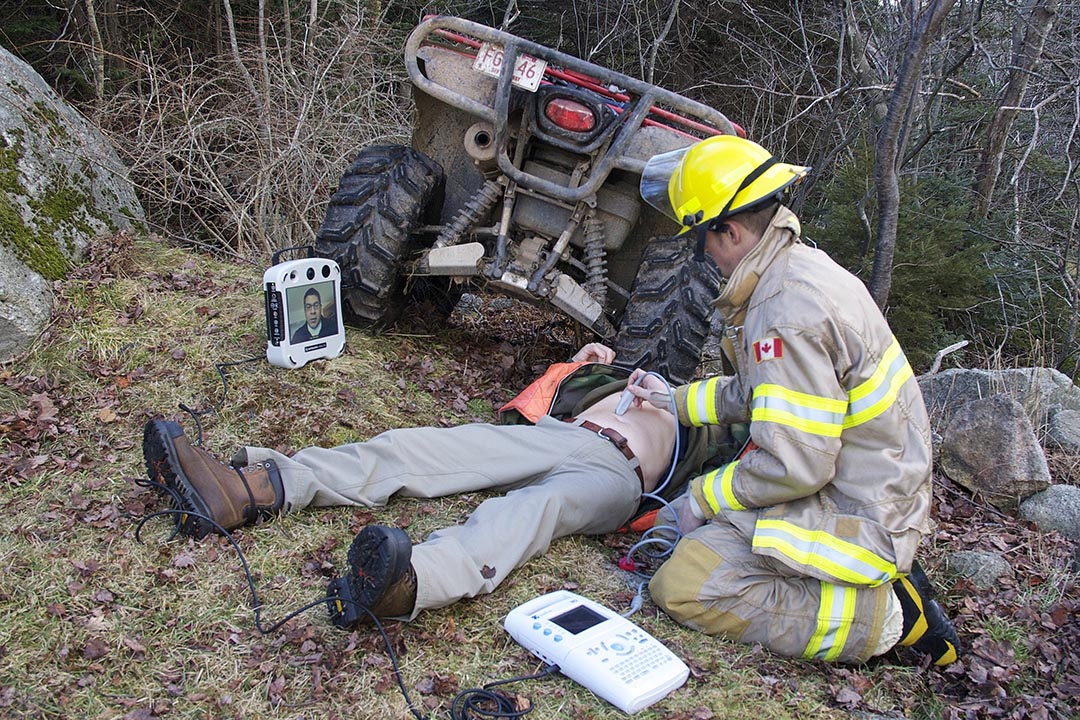
How robots are helping doctors save lives in the Canadian North
It is the middle of the winter and a six-month-old child is brought with acute respiratory distress to a nursing station in a remote community in the Canadian North.
By Ivar MendezThe nurse realizes that the child is seriously ill and contacts a pediatric intensivist located in a tertiary care centre 900 kilometres away. The intensivist uses her tablet to activate a remote presence robot installed in the nursing station and asks the robot to go to the assessment room.
The robot autonomously navigates the nursing station corridors and arrives at the assessment room two minutes later. With the help of the robot’s powerful cameras, the doctor “sees” the child and talks to the nurse and the parents to obtain the medical history. She uses the robot’s stethoscope to listen to the child’s chest, measures the child’s oxygen blood saturation with a pulse oximeter and performs an electrocardiogram.
With the robot’s telestrator (an electronic device which enables the user to write and draw freehand over a video image) she helps the nurse to start an intravenous line and commences therapy to treat the child’s life-threatening condition.
This is not science fiction. This remote presence technology is currently in use in Saskatchewan, Canada — to provide care to acutely ill children living in remote Northern communities.
Read more at The Conversation Canada.
